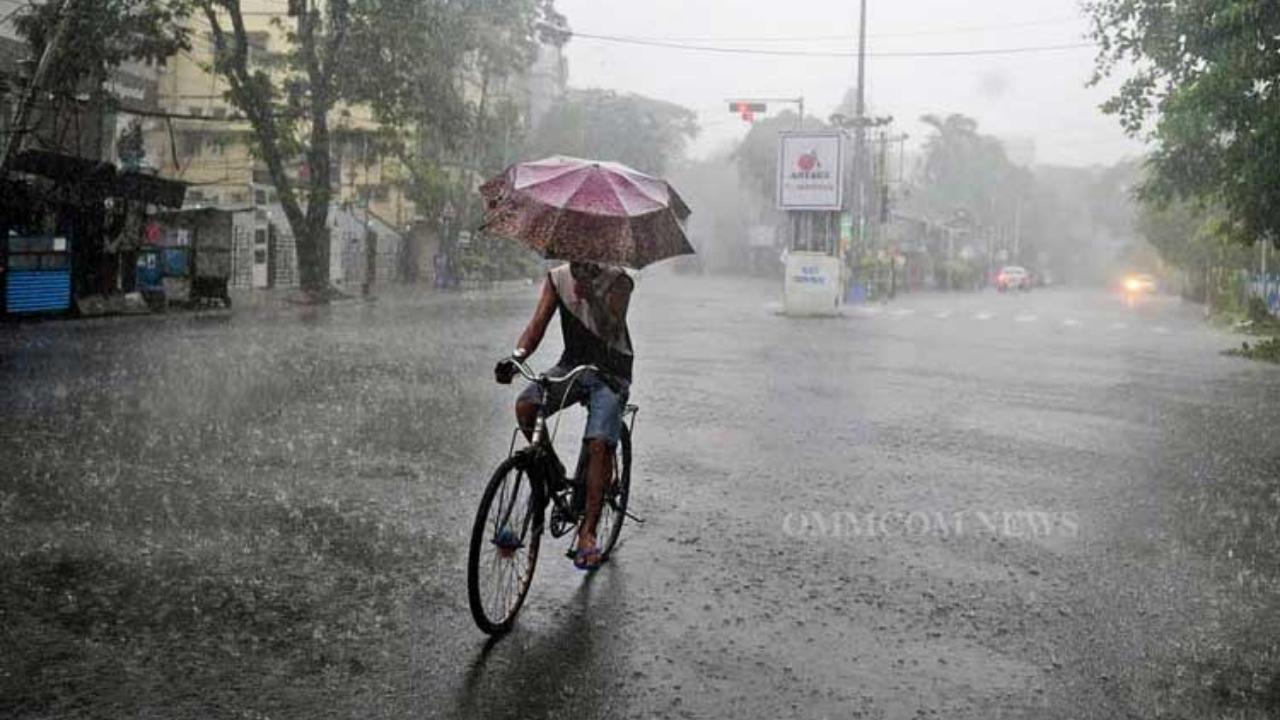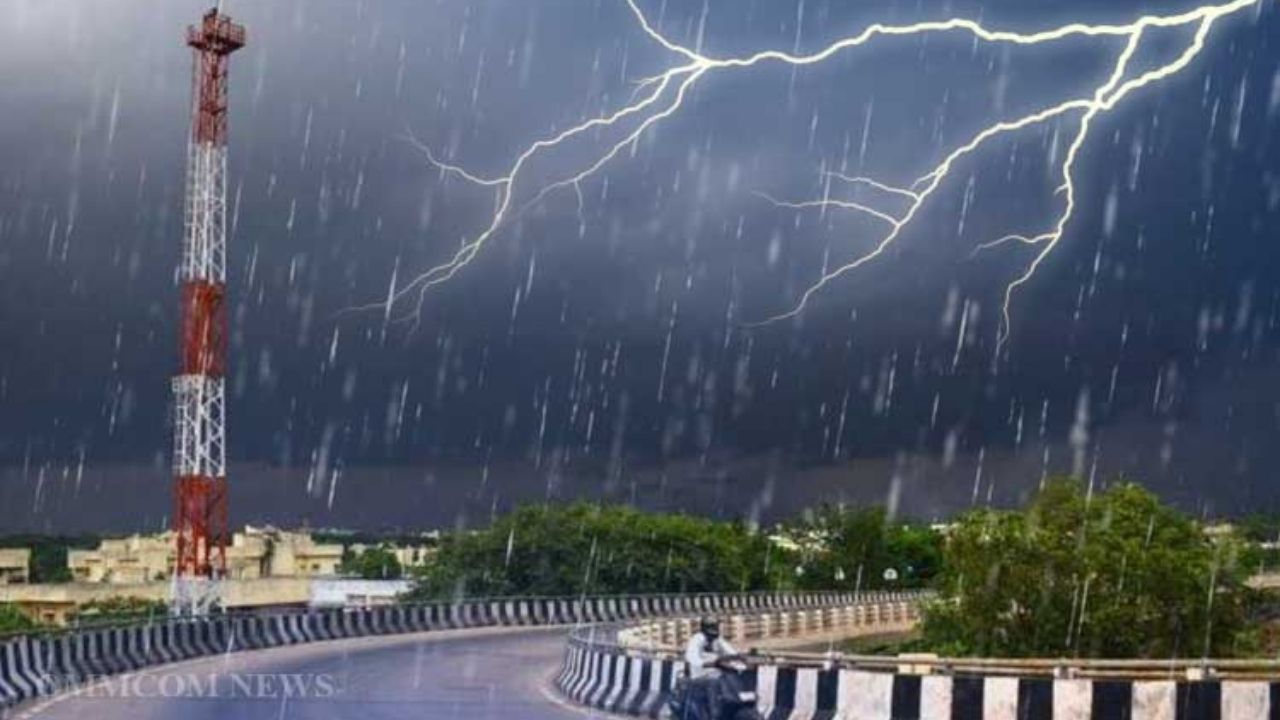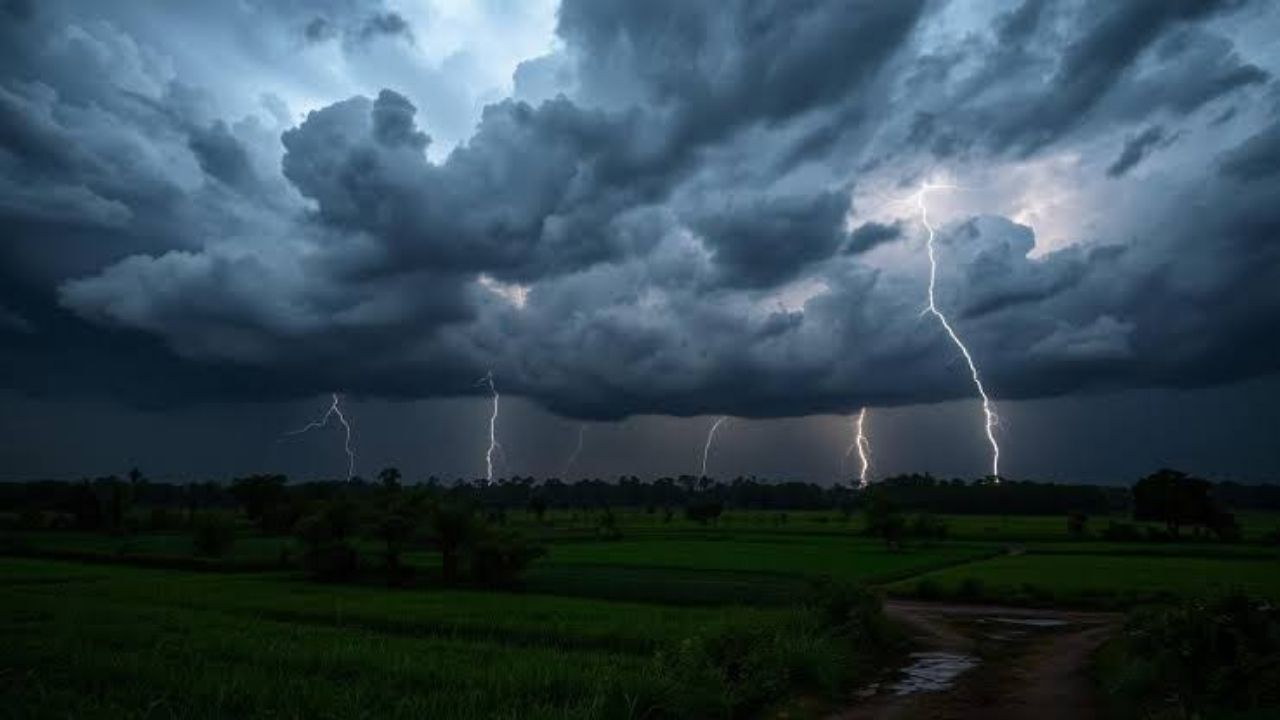The India Meteorological Department (IMD) has issued an orange alert for several districts in Odisha, forecasting heavy to very heavy rainfall over the next 48 hours. This warning comes as the southwest monsoon intensifies across the state, prompting government agencies and disaster response teams to escalate their preparedness measures. Residents in the affected regions are urged to exercise caution and adhere to safety advisories.
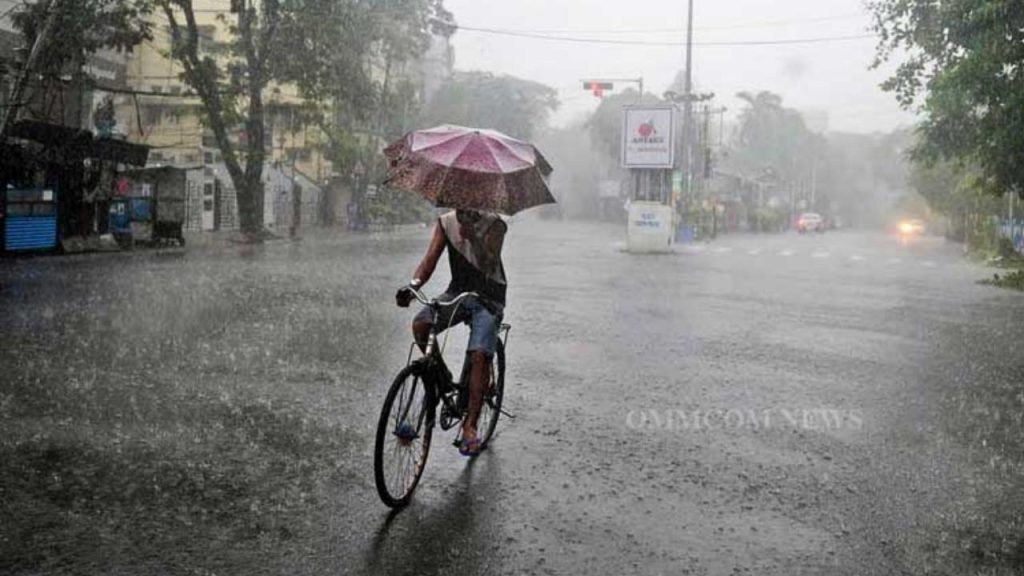
The orange alert, signifying a need for heightened vigilance and preparedness, targets districts including Keonjhar, Mayurbhanj, and Bhadrak, which are expected to bear the brunt of the heavy to very heavy downpours. Additionally, a yellow warning for heavy rainfall and thunderstorms has been issued for a broader range of districts, including Balasore, Kendrapara, Jajpur, Sundargarh, Angul, Dhenkanal, and Deogarh. This follows a period where Odisha has already recorded 10% above-normal rainfall during the current monsoon season, with some districts experiencing significant excesses.
Intensifying Monsoon Activity
The current weather conditions are attributed to an active southwest monsoon, exacerbated by an upper air cyclonic circulation over northern Gangetic West Bengal and adjoining areas, which is now situated over Sub-Himalayan West Bengal and Sikkim. This system is drawing significant moisture, leading to the predicted increase in precipitation across Odisha.
“The low-pressure areas over the Bay of Bengal are intensifying monsoon activity in the region,” stated a spokesperson from the India Meteorological Department (IMD), Bhubaneswar. “We are closely monitoring the situation and have advised authorities to remain vigilant, especially in low-lying areas prone to waterlogging.” The IMD’s color-coded warnings are a critical tool for communicating the severity of weather events, with an orange alert indicating significant disruption and potential danger.
Government and Public Preparedness
In anticipation of the severe weather, the Government of Odisha has activated its disaster management protocols. The Special Relief Commissioner (SRC) has issued an advisory to all District Collectors across the state, instructing them to maintain high alert and ensure readiness for any emergencies. This includes pre-positioning of rescue teams, establishing temporary shelters, and monitoring vulnerable areas for potential flooding.
“All leaves of government officials have been cancelled, and no officer is allowed to leave their headquarters,” stated Suryawanshi Mayur Vikas, Collector of Balasore. “Officials have been instructed to remain on high alert and ensure continuous field monitoring. Ground staff have been deployed to vulnerable locations to assess preparedness and assist residents.”
Teams from the Odisha Disaster Rapid Action Force (ODRAF), National Disaster Response Force (NDRF), and fire services have been deployed to vulnerable areas, equipped with boats and necessary rescue apparatus. Fishermen have also been strongly advised to avoid venturing into the sea due to the anticipated rough weather and strong winds.
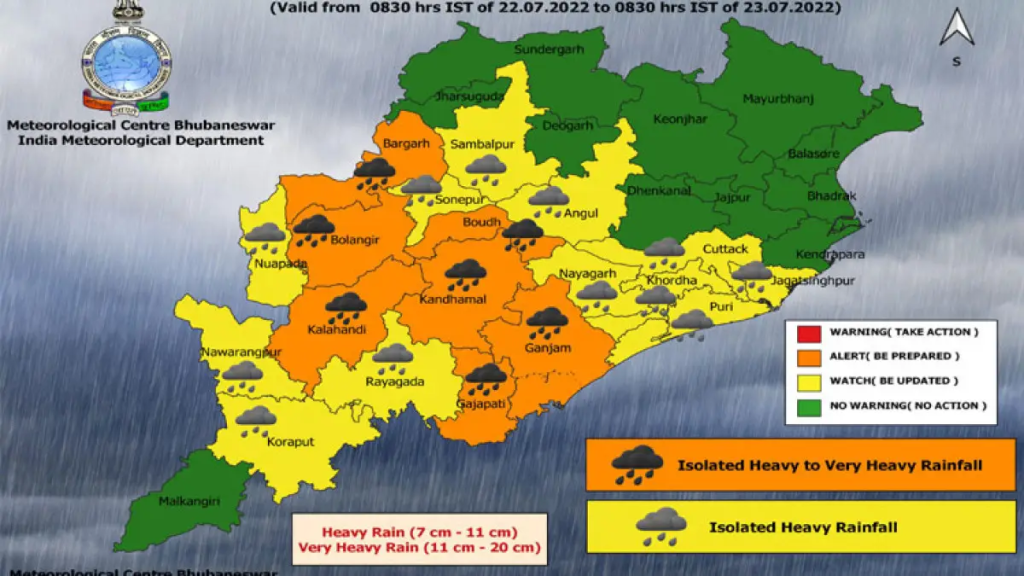
Potential Impacts and Historical Context
The anticipated heavy rainfall carries the risk of localized flooding and disruption to daily life. Rivers such as Subarnarekha, Jalaka, and Baitarani have already seen rising water levels due to incessant rainfall in their upper catchment areas in Jharkhand and parts of Odisha, raising flood concerns in northern districts. Officials are closely monitoring these rivers, with some barrages releasing excess water to manage flow.
Odisha, situated on India’s eastern coast, is highly susceptible to natural disasters, particularly cyclones and floods, during the monsoon season (June to September). The state has a long history of battling severe weather events. A study by the National Institute of Disaster Management (NIDM) highlights that 33% of tropical cyclonic storms formed over the Bay of Bengal between 1891 and 2011 made landfall on the Odisha coast, making it twice as vulnerable as other eastern states. This historical context underscores the critical importance of proactive disaster preparedness in the region.
Orange and Yellow Warnings for Odisha: IMD’s Heavy Rainfall Alert Could Bring Devastating Storms
Bhadrak Schools Shut Amid Heavy Rains: What You Need to Know About the Latest Weather Update
Odisha’s Kharif Season Sees 15% More Rainfall Than Expected, Flood Risks Increase
The impact on agriculture, a cornerstone of Odisha’s economy, is a significant concern. While the state has generally received above-normal rainfall this Kharif season, which has aided crop sowing, localized flooding in districts like Balasore, Keonjhar, and Mayurbhanj poses a threat to standing crops in low-lying areas. The state Agriculture Department is currently assessing potential crop damage. Farmers are often the most vulnerable during such weather events, facing significant economic losses. Efforts are underway to assess and mitigate these impacts, with the government exploring long-term strategies for climate-proofing agricultural livelihoods.
Looking Ahead
The IMD’s latest bulletin indicates that while the orange alert is for the immediate 48 hours, light to moderate rainfall is expected to continue across various parts of the state for the next seven days. There is also a possibility of another upper-air cyclonic circulation or low-pressure area forming over the North Bay of Bengal and adjoining West Bengal/Bangladesh coasts in the coming week, suggesting continued vigilance will be necessary.
Authorities continue to advise the public to stay informed through official channels, avoid unnecessary travel, and take all necessary precautions to ensure their safety as Odisha’s weather woes continue.

